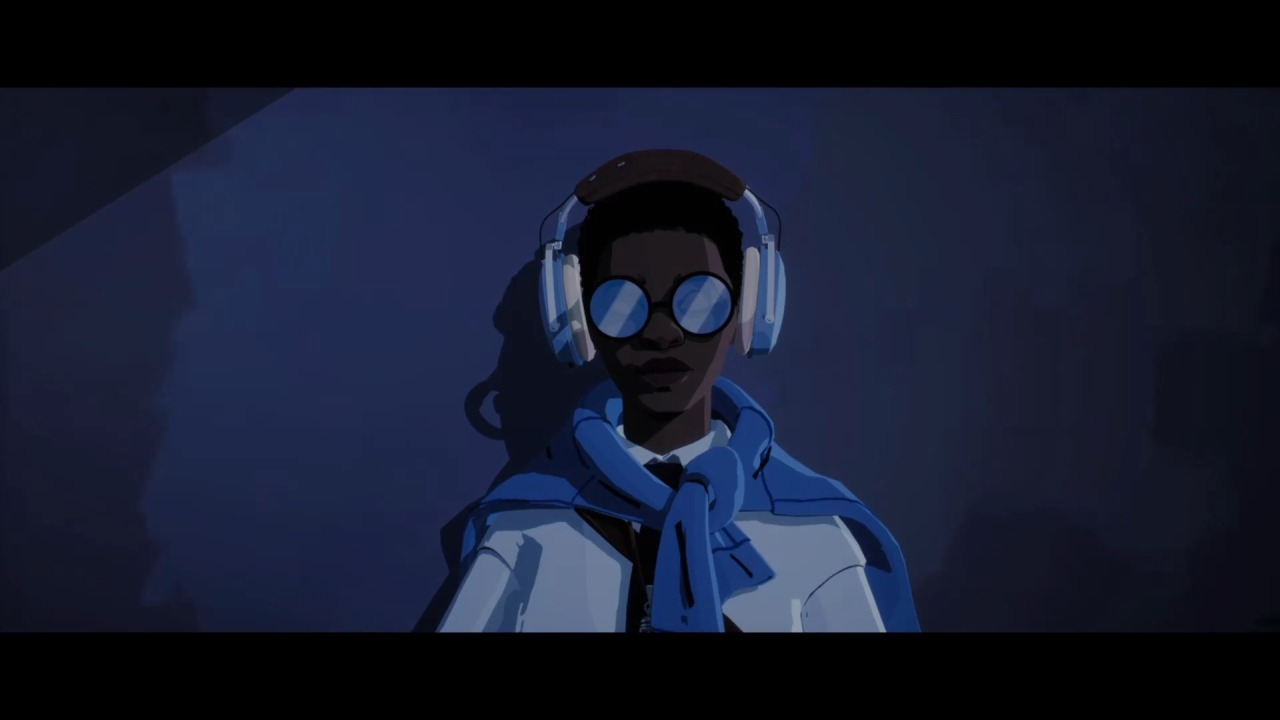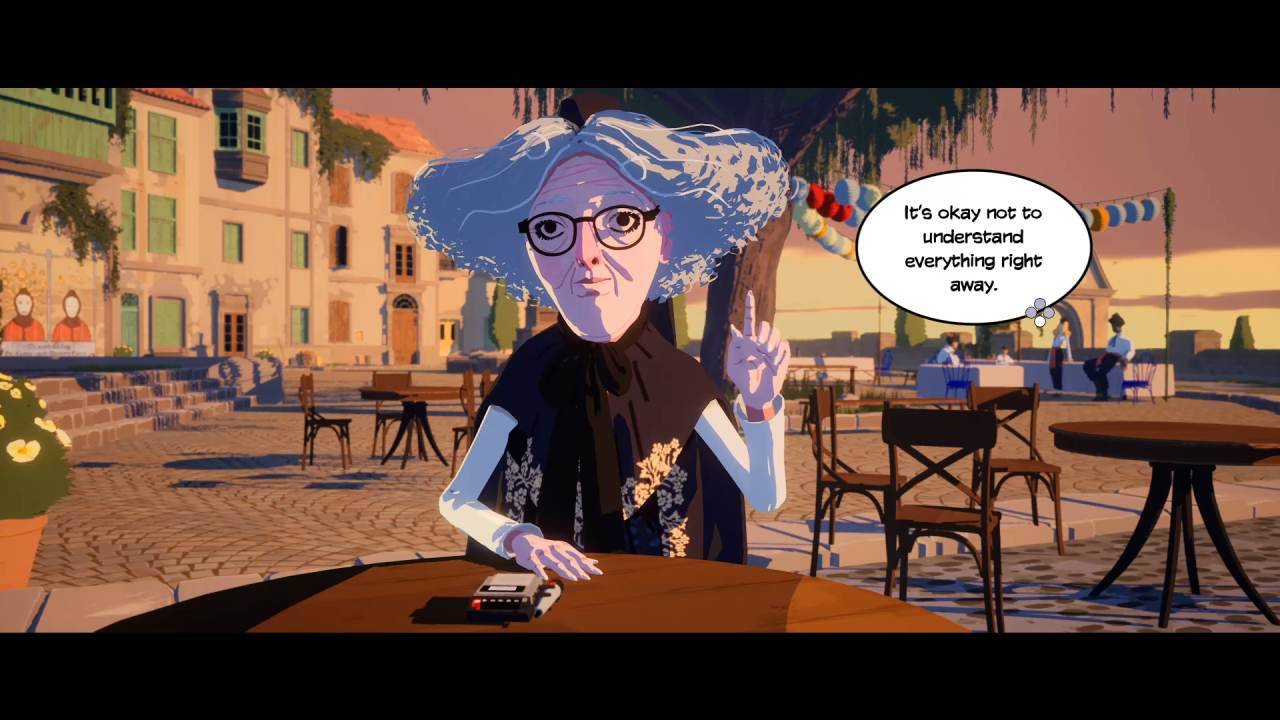SEASON: A letter to the future is the latest game by the developer and publisher Scavengers Studio. It is an exploration-oriented narrative experience in which you play as a young woman on a journey. It’s just you, the world, and your bicycle. The world is usually beautiful, and you’ll be exploring it without needing to be concerned about any sense of ordinary difficulty. It’s good to know, right at the beginning, that this is essentially a kind of walking simulator, although it could also be called a cycling simulator, so don’t expect any kind of combat or typical challenge.

Not every game needs to be traditionally challenging, and SEASON: A letter to the future presents its world in a rather gorgeous way. The world is mostly an utterly desolate thing. Not desolate of life because there are animals and plants all over the place, but rather it is devoid of people. The structures that humans built are strewn across the landscape, but they’re old and broken by the time the unnamed protagonist begins her journey.
There is minimal interaction with the world in an ordinary sense as you can’t climb onto anything or use anything. Instead, you record what is around you. SEASON: A letter to the future is built around recording devices of various kinds. You have access to two technologies that allow you to record the world: a camera and an audio recorder. You use these to take pictures of the world around you and record the sounds you find. Sometimes, the sounds you find are entirely natural, and sometimes they are the remnants of a long-gone human civilization. The wind over the mountains or a music box long abandoned.
You then record these images and audio samples in your ever-expanding journal. Your journal documents your journey and updates as you go. The places you go, the old structures you encounter, and the people you meet. There are comparatively few people, but when you do meet people, they have complex and emotional stories to tell.

However, you are mostly on a lonely journey in this game. SEASON: A letter to the future has two primary modes of traversal: walking and cycling. After you leave your village at the beginning of the game, you are given a bike. This bike allows you to travel through the world at somewhat significant speed. It’s also just great. It makes you wonder why bicycles are not used more often in games because as you shoot your way through the world, you can see everything dashing past you, and going downhill is the best feeling in this world. In addition, you can ring the bell on your bicycle, so it’s obviously perfect.
There’s no difficulty with the cycling either. If you hit something, you’re not going to go flying. SEASON: A letter to the future doesn’t want you to have a hard time. It wants you to focus on the world around you. It’s actually quite interesting that the entire game may remind someone of the exploration aspects of a game like Shadow of the Colossus. You journey through a similarly desolate world, but SEASON: A letter to the future is a game where they expand on the exploration aspects of the world and remove the combat parts.
SEASON: A letter to the future also somewhat feels like an extended version of the Highway 17 segment from Half-Life 2. In that segment, you have a vehicle and must make your way to your allies through hostile territory. You can choose where to stop along the way. Stopping at various points to check out random buildings. In Half-Life 2, those extra buildings were usually full of some kind of reward, such as additional ammo, but in SEASON: A letter to the future, the reward is simply the chance to see more of the world.

As you explore the world, you record these various things in your journal, and in doing so, you learn more about the world. Each of those things you can do, like taking pictures, provides you with Keepsakes. These Keepsakes are then recorded in the journal until you have several of them, and once you reach a certain number of Keepsakes per region, you gain Inspiration. Inspiration is simply a short bit of additional information about that particular part of the world. So, there is no ordinary gaming stimulus in SEASON: A letter to the future. You can’t upgrade the speed of your bike or unlock special traversal mechanics. Your reward is always to learn more.
Sometimes, these Inspirations are not only about specific areas, but about groups or people. In those instances, SEASON: A letter to the future becomes the most structured it can be. The game will tell you that it needs pictures and recordings of certain things so you can learn about these more specific aspects of the world. You can, however, just ignore it and move on with your life.
So, what is this world like? Well, SEASON: A letter to the future is set in a world after some kind of war that left strange scars on the world. Strange mental scars on the people that were left behind. This isn’t the kind of post-apocalyptic game where bandits roam the wasteland. Instead, everything is empty, and people have retreated from most of the world. There is also the constant talk of seasons, and the impending end of the current season. The game is intentionally vague about what much of this means for much of the game.

You learn about this world through exploration and various instances of dialogue. However, the dialogue sections are an unreliable way to learn things as you cannot do the RPG thing where you exhaust the dialogue tree. Conversations, like conversations in the real world, move on. If you have a chance to ask someone about their childhood or the war, the one you don’t pick will no longer be available. In this sense, SEASON: A letter to the future has replayability. It has replayability in the sense that there is more to learn, more than you can learn in a single playthrough, but there isn’t much in the way of replayability otherwise.
SEASON: A letter to the future is a game where you decide how much you want to learn. You will never learn everything in one playthrough, but you could also miss things or simply cycle straight through parts of the world without stopping. This game can be either rather short or kind of lengthy. For instance, the developers state that you could take between 6-12 hours to finish the game. For any person playing it, the duration will vary based on how much they decide to explore. Unless of course you decide to replay it.
This choice of your own level of involvement is a great thing and makes SEASON: A letter to the future a game world checking out if you love narrative-oriented games. It also has a beautiful art style with minimalistic animation, such as the lack of facial animations, and it has a large variety of musical and non-musical sounds that pervade the world.
SEASON: A letter to the future is just a beautiful game. It’s a game that comes highly recommended to anyone who enjoys narrative games with a strong focus on exploration. The game does, at present, have a few technical issues in that there are some hiccups here and there, such as frame rate drops, but it’s otherwise entirely playable without any issues. This is a lovely game with a lovely narrative where you see lovely things and speak to lovely people. A generally positive experience in an industry that likes everything to be dark.
Justin van Huyssteen (@LC_Lupus)
Senior Editor, NoobFeed